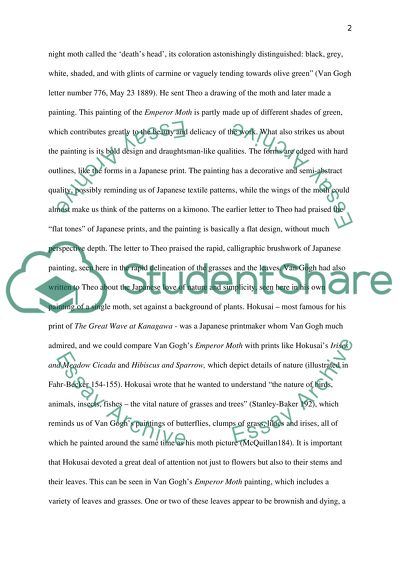Cite this document
(“The Influence of Japonism in Van Gogh's Works Essay”, n.d.)
The Influence of Japonism in Van Gogh's Works Essay. Retrieved from https://studentshare.org/performing-arts/1444248-the-influence-of-japonism-in-van-goghs-works
The Influence of Japonism in Van Gogh's Works Essay. Retrieved from https://studentshare.org/performing-arts/1444248-the-influence-of-japonism-in-van-goghs-works
(The Influence of Japonism in Van Gogh'S Works Essay)
The Influence of Japonism in Van Gogh'S Works Essay. https://studentshare.org/performing-arts/1444248-the-influence-of-japonism-in-van-goghs-works.
The Influence of Japonism in Van Gogh'S Works Essay. https://studentshare.org/performing-arts/1444248-the-influence-of-japonism-in-van-goghs-works.
“The Influence of Japonism in Van Gogh'S Works Essay”, n.d. https://studentshare.org/performing-arts/1444248-the-influence-of-japonism-in-van-goghs-works.


